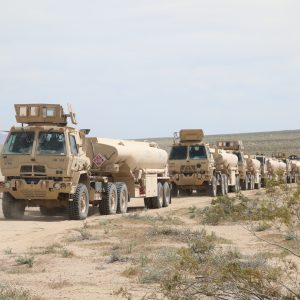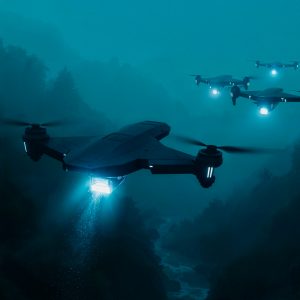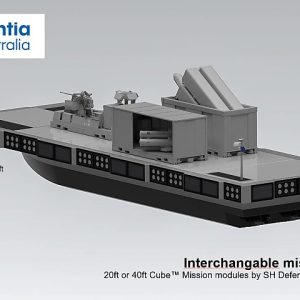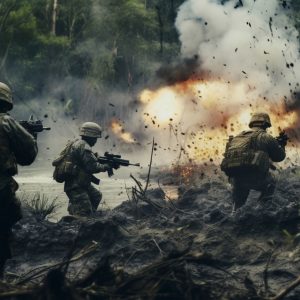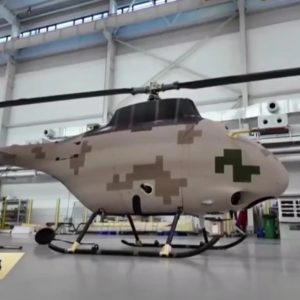Northrop Grumman has released concept art of its sixth-generation F/A-XX fighter jet, part of the U.S. Navy’s Next Generation Air Dominance (NGAD) program. The image briefly appeared in a corporate video before being replaced, offering a rare glimpse into the company’s vision for future naval aviation.
Inside the F/A-XX Concept Design
The artwork shows a sleek, tailless delta-wing aircraft with a blended wing body. This shape enhances aerodynamic efficiency and stealth, resembling Northrop’s B-21 Raider. The design avoids vertical stabilizers, reducing radar cross-section and improving survivability in contested environments.

The concept image came from the company’s “Defining Possible: 2023 Annual Report” video. Although the image was swiftly removed, open-source analysts had already preserved and circulated it. Northrop’s concept signals a strong contender for replacing the F/A-18E/F Super Hornet by the 2030s.
Strategic and Technical Significance
The F/A-XX is expected to form the centerpiece of a broader NGAD system. This includes manned and unmanned platforms, sensor fusion, and advanced weapons. While Lockheed Martin and Boeing remain dominant in sixth-gen discussions, Northrop Grumman’s entry marks a bold reengagement in fighter development.
“The tailless design indicates an emphasis on survivability and long-range missions, particularly in contested environments like the Indo-Pacific,” said Justin Bronk, senior airpower analyst at RUSI.
Notably, the absence of vertical control surfaces and streamlined engine inlets enhance multi-spectral stealth. This suggests a focus on long-range strike and anti-access/area denial (A2/AD) operations, especially in future naval engagements.
Competitive Landscape: Lockheed, Boeing, and Northrop
Northrop Grumman’s concept challenges other frontrunners in the NGAD race. Lockheed Martin, builder of the F-22 and F-35, has long been considered the U.S. Air Force’s sixth-gen partner. Boeing, meanwhile, has teased various sixth-gen designs through its Phantom Works division. Northrop’s concept serves not only as a design proposal, but also as a public relations maneuver—signaling the company’s ambition to reclaim relevance in fighter production after decades of bomber-centric work.
The concept also fuels speculation about collaborative combat aircraft (CCA) integration, drone swarming, and AI-enabled mission execution—all components of future aerial warfare. The F/A-XX could serve as the command node for unmanned wingmen, sensor drones, or long-range munitions platforms within a fully networked battlespace.
Conclusion: Symbol or Strategy?
While no official specifications or timelines have been released, the emergence of the Northrop Grumman F/A-XX concept marks a pivotal moment in the future of carrier-based aviation. Whether the concept evolves into a competitive prototype or remains a visual statement, it affirms the company’s stake in shaping the sixth-generation battlespace.
With the U.S. Navy expected to issue formal NGAD requirements in the coming years, this unveiling could influence future procurement conversations. As strategic competition with peer adversaries intensifies, America’s next fighter must deliver not just stealth and speed, but operational adaptability—and this is where Northrop seems ready to compete.
Further Reading
- US Navy’s NGAD: The Future of Air Dominance – Naval News
- NGAD’s Architecture: What Comes After the Super Hornet? – Breaking Defense
- NGAD and the Future Fighter Roadmap – Defence Agenda
Source: The Aviationist


